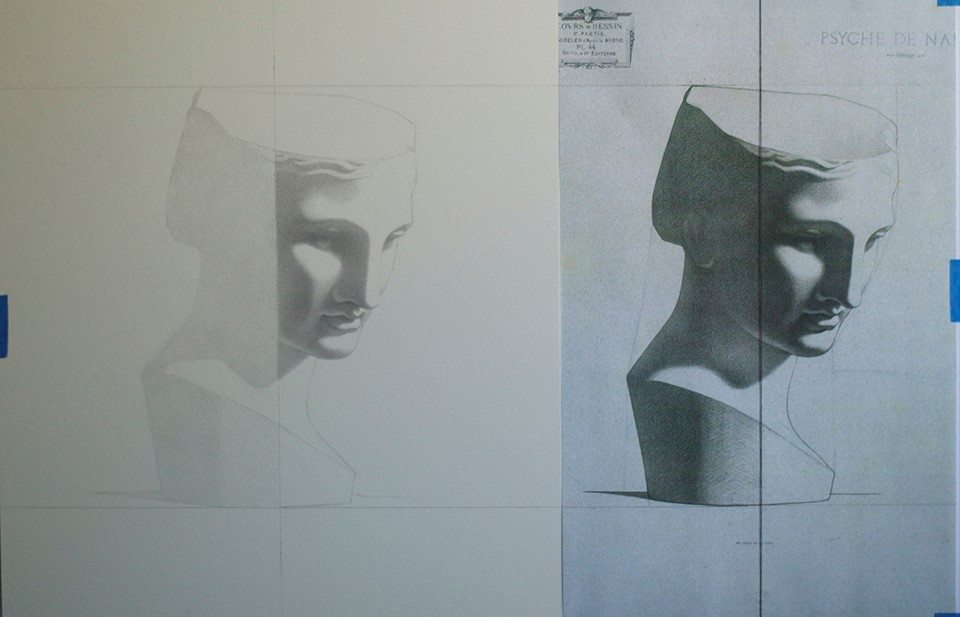If you’ve been following my blog like the faithful fan I know you are, you will recall I wrote a post a few months back called You Painted These All By Yourself? If you don’t know what I’m referring to, shame on you and #fingerwag. If you desire to be reprieved from the bitter disappointment of my broken heart, go and read it. Right now. Otherwise the following won’t make a lot of sense. Actually it probably will, but the past post is still a good read so you should read it anyway.
Creating art is a lot of work. There’s usually a minute thrill in the beginning stages as thumbnails, rough drafts, and studies are fashioned and altered to the vision in my head. At the conclusion of the project I’ve been staring at the work for so long that I loathe what I’ve done and feel forced to hide it for fear the world will find it and scorn my meager attempt. I tell myself I suck as an artist. I haven’t the skill. Nobody loves me. You know, really uplifting stuff like that. After a week or so I’ll retrieve the work from its dark hiding place and think, “Hm. I suppose it’s not all that bad…”
All the in between stuff is the actual work. Yes. Art is work too. If you’re shocked, that means you didn’t read my previous post. For shame. Sometimes though, I might bravely set aside what I’m working on if I feel stuck in a rut and do some art just for fun.
What do I mean by “just for fun?” The above piece is an example of a work in progress. I found an old photo on the internet (gasp!) and was immediately drawn to it. I decided to do a charcoal and white chalk drawing on toned paper. Just for fun. With no fear of failure. No set standards or goals for myself. No intentional meaning. Just a fun, pretty, meaningless drawing.
I get a little sullen when artists have to explain their work. Why can’t art be admired for its face value? I don’t like writing artist statements. Using a lot of big words to tell people what I do and why I do it. Or what they’re looking at and why they should look at it. It’s pretty. Isn’t that enough?
What’s funny. When I’m at a gallery or museum studying a piece of contemporary art and then I read the artist statement or the artist explains the meaning behind the piece, I’ll be nodding affirmatively, looking contemplative. All the while I’m thinking, “Yeah, I didn’t get that at all.”
Here’s a parody of an artist statement by Charlotte Young explaining what I mean.
You know, just for fun.




